The practice and performance consultant identifies what causes memory slips and gives tips on improving memorisation technique

Explore more Technique articles like this in The Strad Playing Hub
After hours of practice, masterclasses, and dress rehearsals, nothing feels more discouraging on stage than accidentally jumping to the wrong phrase or forgetting to execute a stylistic choice that you rehearsed hundreds of times before. Memory slips are what musicians want to avoid in performance.
Why do people have memory slips?
We learn repertoire by piecing together notes and measures, which then form phrases and passages that fuse into ’chains’ of motor behaviour. Sometimes the chains are familiar, for example, a phrase built on a chord progression or harmonic scale. With practice, chains ’build up,’ and are memorised to coalesce into an entire piece or movement of music.
For example, in Brahms Violin Sonata no. 1 in G Major, the eleven quavers in bar six are part of a chain. Playing the first three notes of the phrase (A-B-C#) cues the remaining eight notes. During practice, a violinist might isolate a note to address intonation or bowing, but otherwise they probably start on the D in bar five and continue to play the eleven-note chain ending on the crotchet rest in measure seven. A reliable starting and stopping point makes rehearsal efficient, but it also creates a risk in performance—if something goes wrong within a chain, the musician might stumble with the rest of it. They might not be able to recover.
Chains and sensory cues
Within a chain are sensory cues that influence your playing—you look at your finger to land the next note, listen to the piano for an entrance, follow the feel of downshifting on a string to play in tune. In practice, you’re calm and the stakes are low. The cues are available, all of which makes playing easy to accomplish. But a performance introduces new cues—elevated heart rate (internal cue), stage lights (temperature cue), a different piano (auditory cue), an audience of people you don’t know (visual and auditory cues)—while other cues are absent. New and missing cues can disrupt performance. To avoid issues that arise from being too dependent on one or more cues, make cues redundant or unnecessary to your playing. That way, when one cue is unavailable, other cues will be sufficient and your playing won’t be halted.
Behavioral psychologist and researcher Dr. Francis Mechner studied stable performance among elite performers and suggested this as a method for tackling cue redundancy: ’In learning a piano passage, visual cues can be made redundant by learning to play the passage without looking at the fingers or keyboard….Postural cues can be made redundant by varying the height of the piano bench or the position of the body….And kinesthetic cues can be made redundant by learning to play from any point in the middle of a piece without the benefit of the kinesthetic cues from the immediately preceding passage.’
Read: How to improve your aural skills and ditch your sheet music in 5 easy steps
Read: How to use the 4 types of memory to improve your memorisation: Alexandra Gorski
How it relates to memorisation
Musicians generally memorise music by learning a series of chains, and they rely on cues learned during rehearsal to trigger their memory of what comes next in the piece. This method is risky because let’s say your hands are sweaty, your bow shakes, or you mis-hear a note by the pianist—any of these could render a cue unavailable during a performance.
Here are three strategies that aid memorisation and reduce dependency on cues in a chain.
Start in random spots. In the Brahms example above, a player could spend rehearsal time rotating through different starting and stopping points in bars 1–10. Random starts/stops challenge your concept of what you’re playing, and they enable you to become secure with the piece no matter where you find yourself within it. If you regularly use interleaving practice, you can dedicate blocks to randomising the starting and stopping places.
Alternate between a marked and blank copy of the music. Musicians often mark up their scores with a pencil, highlighter, or digital pen. Because these markings serve as cues that can be hard to fade out when memorising a piece, keep an unmarked version of your piece handy for practice. Switch between the marked and blank copies to test how steady your performance is without visual markings or cues in front of you. You can strengthen this strategy by combining it with the previous suggestion: start/stop at random spots in the blank copy of the music, too.
Identify what’s cueing your playing. Then disrupt it. Record yourself playing the piece you’re memorising. During the recording, pause after every few phrases and identify the cue that is supporting your playing at that moment. Name that cue in your recording as it’s happening. Are you dependent on landing a shift to get into the next phrase? Do you rely on a left hand chord in the piano to cue a pitch? The recording will provide a list of cues that you might not be aware of during practice. With this information, you can make those cues redundant by removing them from your playing. For example, you could intentionally miss the shift that cues the next phrase. You will need to practise that chain several times so that you can play the phrase without hesitation. Or, if you relied on the left hand chord in the piano, ask your pianist to drop it and make other errors so that you can learn to carry on in the face of disruption. Continue to practise this way until you accurately play the passage. This strategy combines nicely with the previous two.
Playing agility
These three strategies help build playing agility, which enhances the stability of a player’s performance. Start using these ideas early in your practice journey, rather than waiting till the week before a performance to cram-memorise. You’ll be better equipped to handle more of what performance environments and human nature might throw your way. Let me know how it goes.
Adam Hockman is a practice and performance consultant on the faculty of the Heifetz International Music Institute. He applies his training in behavioral and learning science to music practice, performance, and teaching, and writes about these subjects for different music sites and magazines. Learn more at adamhockman.com.
Read: By heart, with heart: memorising an entire symphony
Read: Learning about your performance anxiety: Adam Hockman
Read: Four preparation musts for competition season
Read more Technique articles like this in The Strad Playing Hub
The number one source for playing and teaching books, guides, CDs, calendars and back issues of the magazine.
In The Best of Technique you’ll discover the top playing tips of the world’s leading string players and teachers. It’s packed full of exercises for students, plus examples from the standard repertoire to show you how to integrate the technique into your playing.
The Strad’s Masterclass series brings together the finest string players with some of the greatest string works ever written. Always one of our most popular sections, Masterclass has been an invaluable aid to aspiring soloists, chamber musicians and string teachers since the 1990s.
This year’s calendar celebrates the top instruments played by members of the Australian Chamber Orchestra, Melbourne Symphony, Australian String Quartet and some of the country’s greatest soloists.

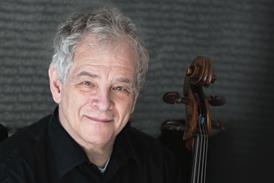




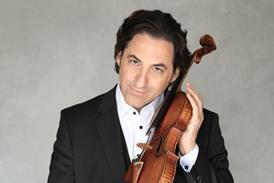
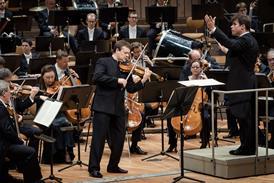




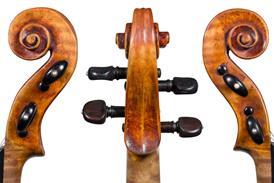


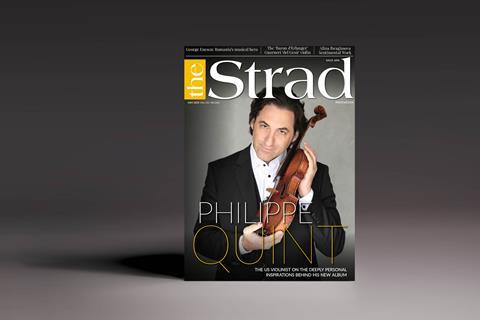









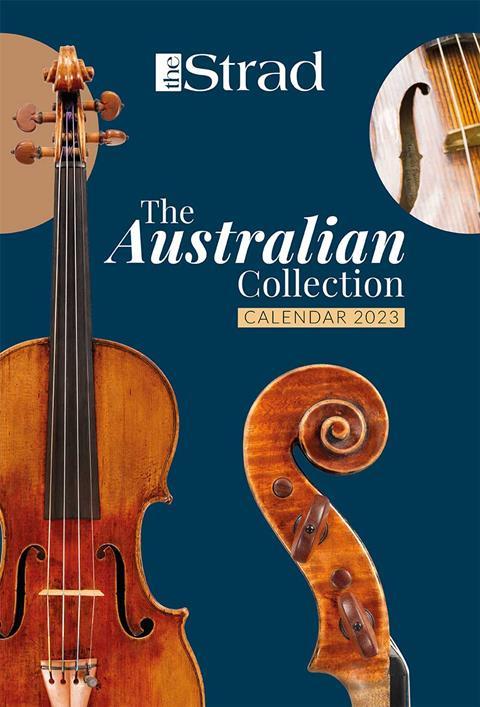












No comments yet